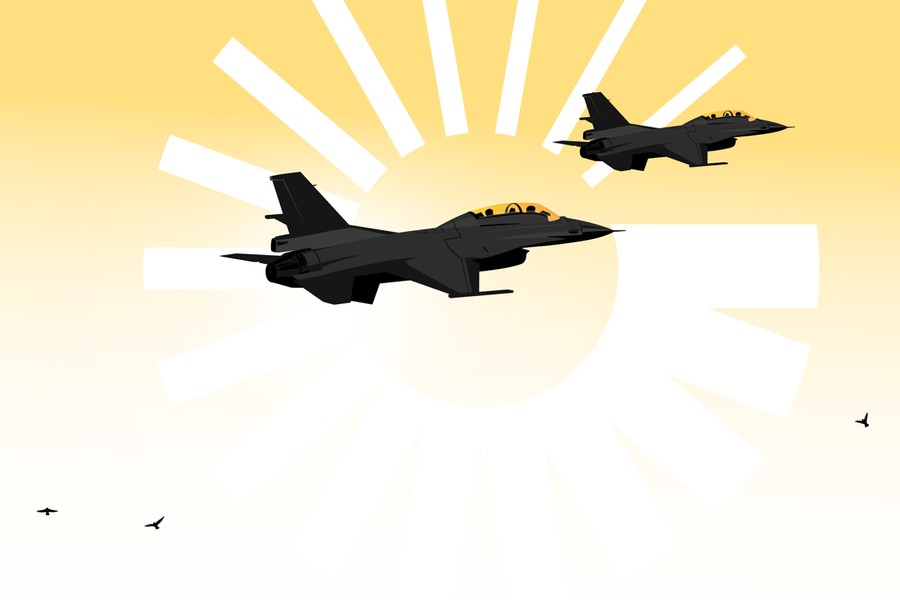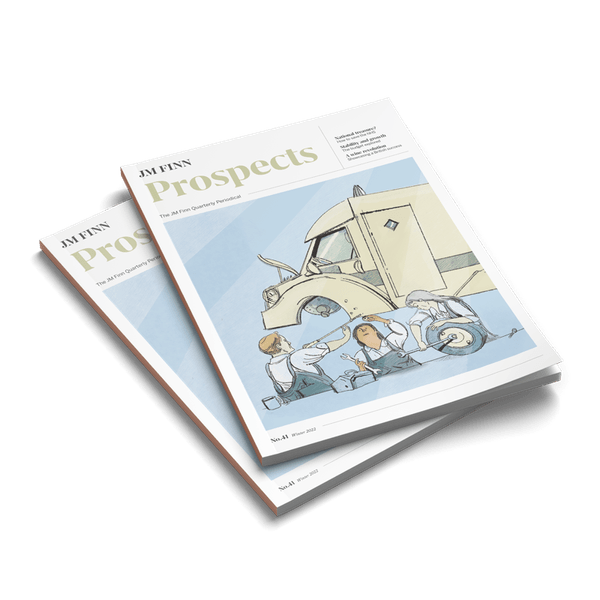The business is the result of a 2020 merger between two businesses: United Technologies and Raytheon.
Raytheon is comprised of four segments, two aerospace-focused and two defence-focused. The two defence businesses (46% of sales) came from the legacy business which was one of the big US defence prime contractors or ‘primes’. These businesses focus on space, cyber, missile defence and hypersonics. On the other side of the business are the two aerospace businesses, formerly of United Technologies . Arguably the most famous is Pratt & Whitney (27%), which is one of three global aircraft engine manufacturers, alongside CFM (a joint venture between GE and Safran) and Rolls Royce. The final segment, Collins Aerospace (27%), is the world’s largest aerospace equipment supplier focusing predominantly on communications.
The defence businesses exhibit the same competitive advantages as all US defence primes: their scale and track record of reliability mean that US defence contracts are invariably divided between these big names. This is an almost insurmountable hurdle to overcome, one which has only got harder following industry consolidation. Looking forward though, Raytheon is also well exposed to what look to be the growing priorities for the US government. Areas such as cyber warfare and hypersonics, which are only in their infancy and are rapidly growing in importance.
On the aerospace side of the business, competitive advantages abound too. The oligopoly of engine makers, of which Pratt & Whitney (P&W) is a member, reduces to a duopoly in the narrow-body segment of the market (Rolls Royce manufactures only wide-body compatible engines). Engine making is not only hugely complex, it also operates with very long product cycles and long roads to profitability. Engines are typically sold at a loss initially to aircraft makers Boeing or Airbus with profits made in the high margin aftermarket when engines need maintenance or ‘shop visits’. A new engine will go, on average, seven years before its first ‘shop visit’ and thus, if we add the development and production time to these seven years, it could easily be 15+ years before an engine maker breaks even.
Raytheon is comprised of four segments, two aerospace-focused and two defence-focused.
It’s no wonder the competitive structure of the engine making market has hardly changed since the 1960s. Margins are however depressed during periods of development and launch, but as engines mature and the lucrative aftermarket becomes a greater portion of sales operating margins trend upwards. P&W appear to be at the onset of this stage currently.
Collins Aerospace also benefits from scale. Being twice the size of nearest competitor Safran, gives Collins a scale-based cost advantage. It also presents a one stop shop for customers when they are fitting an aeroplane, where they can source everything from a trusted supplier.
Since the merger, Raytheon has not been without problems. The pandemic saw sales in Collins Aerospace and Pratt & Whitney fall -25% and -18% in 2020 respectively. What the pandemic did provide though, was a lesson in the benefits of diversification. As the aerospace businesses saw sales plummet, the affect at the group level was more muted. The two combined defence businesses saw sales flat year-over-year which helped to dampen the blow.
More recently, the fortunes have flipped and it is now the aerospace businesses which are helping to smooth over some issues at the defence businesses. Supply chain issues have been flagged by myriad companies and Raytheon is no different. Early in 2022 Pratt & Whitney flagged supply issues surrounding structural castings which led to delays on engine deliveries. This is evident in comments from Boeing as they have cut back production forecasts, owing largely to a paucity of engines. However, the delays in the aerospace businesses seem to be resolving and the recent Q3 2022 results saw both aerospace businesses performing well, with full-year profit guidance raised.
Within the defence businesses though, supply remains tough. The root cause is twofold: a labour shortage at suppliers further up the chain and a shortage of rocket motors. Neither are expected to be quick fixes. The silver lining is that the demand side shows no signs of slowing down. It is therefore more likely a case of demand deferral rather than demand loss, however frustrating this is in the short term. We therefore hope that once these problems abate, Raytheon should be able to take advantage of growth in defence spending and the aerospace market and create value for investors over the long term.
Illustration by Andrew Rees





